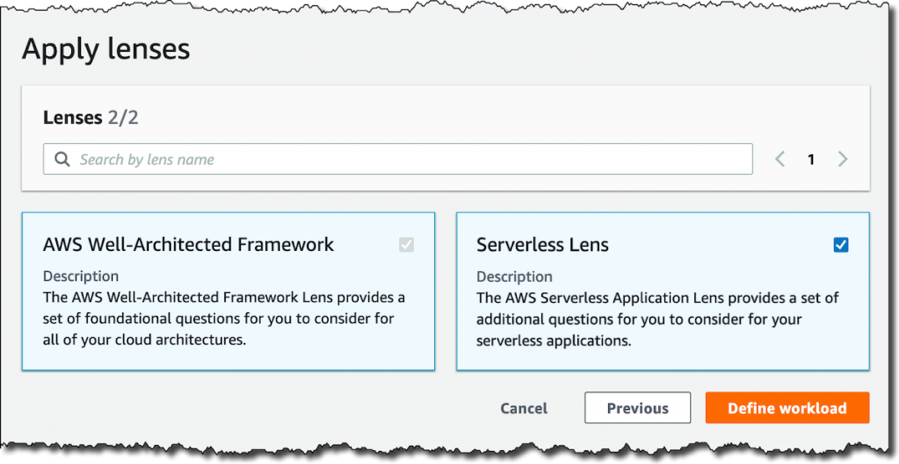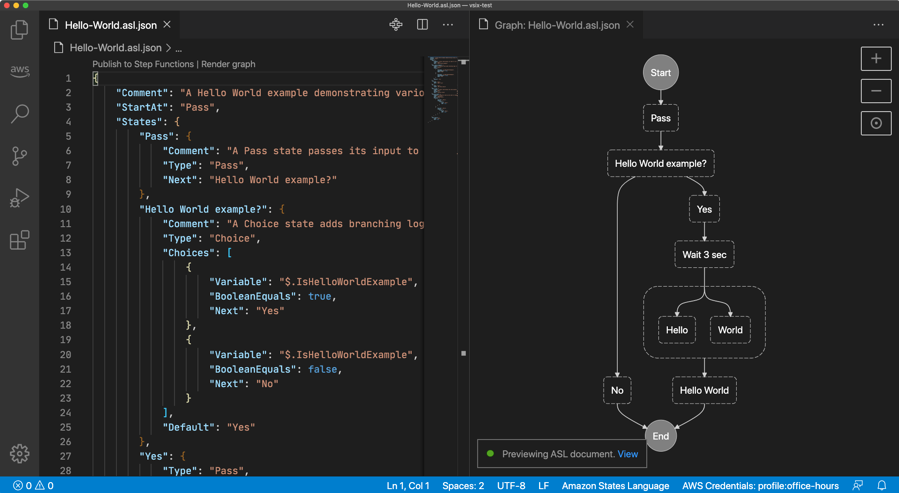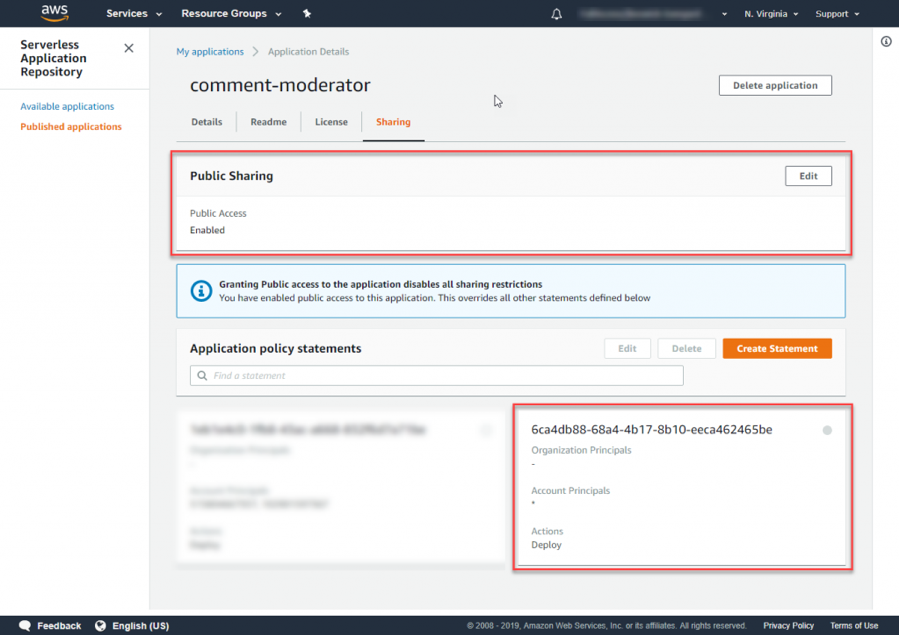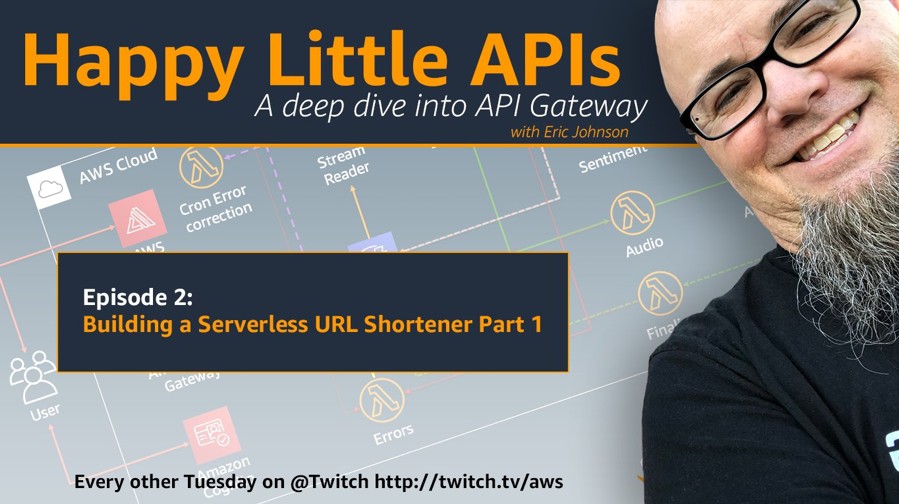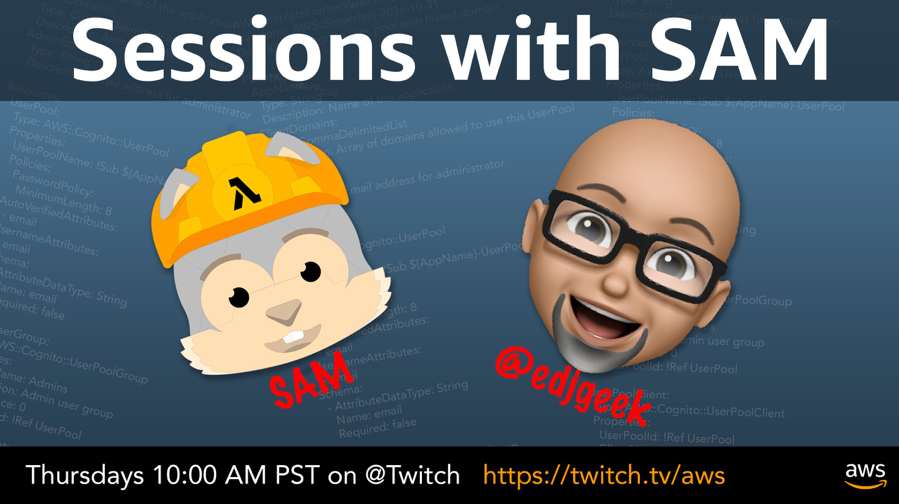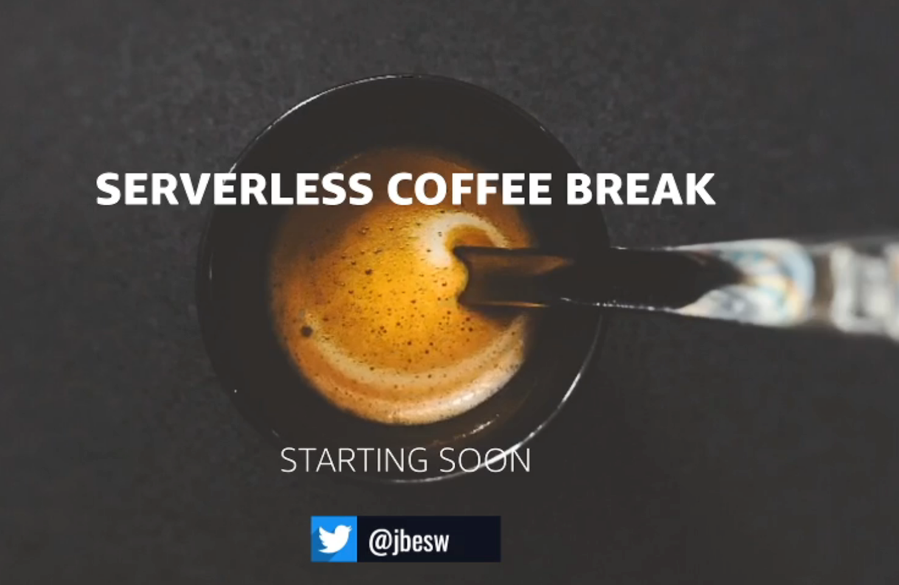AWS Compute Blog
ICYMI: Serverless Q1 2020
Welcome to the ninth edition of the AWS Serverless ICYMI (in case you missed it) quarterly recap. Every quarter, we share all of the most recent product launches, feature enhancements, blog posts, webinars, Twitch live streams, and other interesting things that you might have missed!
In case you missed our last ICYMI, checkout what happened last quarter here.
Launches/New products
In 2018, we launched the AWS Well-Architected Tool. This allows you to review workloads in a structured way based on the AWS Well-Architected Framework. Until now, we’ve provided workload-specific advice using the concept of a “lens.”
As of February, this tool now lets you apply those lenses to provide greater visibility in specific technology domains to assess risks and find areas for improvement. Serverless is the first available lens.
You can apply a lens when defining a workload in the Well-Architected Tool console.
HTTP APIs beta was announced at AWS re:Invent 2019. Now HTTP APIs is generally available (GA) with more features to help developers build APIs better, faster, and at lower cost. HTTP APIs for Amazon API Gateway is built from the ground up based on lessons learned from building REST and WebSocket APIs, and looking closely at customer feedback.
For the majority of use cases, HTTP APIs offers up to 60% reduction in latency.
HTTP APIs costs at least 71% lower when compared against API Gateway REST APIs.
HTTP APIs also offers a more intuitive experience and powerful features, like easily configuring cross origin resource scripting (CORS), JWT authorizers, auto-deploying stages, and simplified route integrations.
AWS Lambda
You can now view and monitor the number of concurrent executions of your AWS Lambda functions by version and alias. Previously, the ConcurrentExecutions metric measured and emitted the sum of concurrent executions for all functions in the account. It included even those that had a reserved concurrency limit specified.
Now, the ConcurrentExecutions metric is emitted for all functions, versions, aliases. This can be used to see which functions consume your concurrency limits and estimate peak traffic based on consumption averages. Fine grain visibility in these areas can help plan appropriate configuration for Provisioned Concurrency.
AWS Lambda now supports Ruby 2.7. Developers can take advantage of new features in this latest release of Ruby, like pattern matching, argument forwarding and numbered arguments. Lambda functions written in Ruby 2.7 run on Amazon Linux 2.
.NET Core 3.1 is now a supported runtime in AWS Lambda. You can deploy to Lambda by setting the runtime parameter value to dotnetcore3.1. Updates have also been released for the AWS Toolkit for Visual Studio and .NET Core Global Tool Amazon .Lambda.Tools. These make it easier to build and deploy your .NET Core 3.1 Lambda functions.
With .NET Core 3.1, you can take advantage of all the new features it brings to Lambda, including C# 8.0, F# 4.7 support, and .NET Standard 2.1 support, a new JSON serializer, and a ReadyToRun feature for ahead-of-time compilation. The AWS Mock .NET Lambda Test Tool has also been updated to support .NET Core 3.1 with new features to help debug and improve your workloads.
Cost Savings
Last year we announced Savings Plans for AWS Compute Services. This is a flexible discount model provided in exchange for a commitment of compute usage over a period of one or three years. AWS Lambda now participates in Compute Savings Plans, allowing customers to save money. Visit the AWS Cost Explorer to get started.
Amazon API Gateway
With the HTTP APIs launched in GA, customers can build APIs for services behind private ALBs, private NLBs, and IP-based services registered in AWS Cloud Map such as ECS tasks. To make it easier for customers to work between API Gateway REST APIs and HTTP APIs, customers can now use the same custom domain across both REST APIs and HTTP APIs. In addition, this release also enables customers to perform granular throttling for routes, improved usability when using Lambda as a backend, and better error logging.
AWS Step Functions
We launched the AWS Toolkit for Visual Studio Code back in 2019 and last month we added toolkit support for AWS Step Functions. This enables you to define, visualize, and create workflows without leaving VS Code. As you craft your state machine, it is continuously rendered with helpful tools for debugging. The toolkit also allows you to update state machines in the AWS Cloud with ease.
To further help with debugging, we’ve added AWS Step Functions support for CloudWatch Logs. For standard workflows, you can select different levels of logging and can exclude logging of a workflow’s payload. This makes it easier to monitor event-driven serverless workflows and create metrics and alerts.
AWS Amplify
AWS Amplify is a framework for building modern applications, with a toolchain for easily adding services like authentication, storage, APIs, hosting, and more, all via command line interface.
Customers can now use the Amplify CLI to take advantage of AWS Amplify console features like continuous deployment, instant cache invalidation, custom redirects, and simple configuration of custom domains. This means you can do end-to-end development and deployment of a web application entirely from the command line.
Amazon DynamoDB
You can now easily increase the availability of your existing Amazon DynamoDB tables into additional AWS Regions without table rebuilds by updating to the latest version of global tables. You can benefit from improved replicated write efficiencies without any additional cost.
On-demand capacity mode is now available in the Asia Pacific (Osaka-Local) Region. This is a flexible capacity mode for DynamoDB that can serve thousands of requests per second without requiring capacity planning. DynamoDB on-demand offers simple pay-per-request pricing for read and write requests so that you only pay for what you use, making it easy to balance cost and performance.
AWS Serverless Application Repository
The AWS Serverless Application Repository (SAR) is a service for packaging and sharing serverless application templates using the AWS Serverless Application Model (SAM). Applications can be customized with parameters and deployed with ease. Previously, applications could only be shared publicly or with specific AWS account IDs. Now, SAR has added sharing for AWS Organizations. These new granular permissions can be added to existing SAR applications. Learn how to take advantage of this feature today to help improve your organizations productivity.
Amazon Cognito
Amazon Cognito, a service for managing identity providers and users, now supports CloudWatch Usage Metrics. This allows you to monitor events in near-real time, such as sign-in and sign-out. These can be turned into metrics or CloudWatch alarms at no additional cost.
Cognito User Pools now supports logging for all API calls with AWS CloudTrail. The enhanced CloudTrail logging improves governance, compliance, and operational and risk auditing capabilities. Additionally, Cognito User Pools now enables customers to configure case sensitivity settings for user aliases, including native user name, email alias, and preferred user name alias.
Serverless posts
Our team is always working to build and write content to help our customers better understand all our serverless offerings. Here is a list of the latest published to the AWS Compute Blog this quarter.
January
- Upcoming changes to the Python SDK in AWS Lambda
- Orchestrating a security incident response with AWS Step Functions
- Using artificial intelligence to detect product defects with AWS Step Functions
- Simplify seismic data management and improve decision-making using serverless solutions
- Building an AWS IoT Core device using AWS Serverless and an ESP32
- Implement a Connected Building with Amazon Alexa and AWS IoT
- Binge-Watch Live This is My Architecture Videos from AWS re:Invent
- Simplify access to multiple microservices with AWS AppSync and AWS Amplify
- Building enterprise applications using Amazon DynamoDB, AWS Lambda, and Go
February
- Generating REST APIs from data classes in Python
- Analyzing API Gateway custom access logs for custom domain names
- Integrating Amazon EventBridge into your serverless applications
- Application analytics pipeline with Amazon EventBridge
- Reducing custom code by using advanced rules in Amazon EventBridge
- Introducing content filtering for Amazon EventBridge
- AWS Lambda now supports Ruby 2.7
- Building a serverless URL shortener app without AWS Lambda – part 1
- Building a serverless URL shortener app without AWS Lambda – part 2
- Building a serverless URL shortener app without AWS Lambda – part 3
- Deploy and publish to an Amazon MQ broker using AWS serverless
- Cutting Costs with AWS Lambda for Highly Scalable Image Processing
- Introducing a Dart runtime for AWS Lambda
March
- The AWS Serverless Application Repository adds sharing for AWS Organizations
- Building a Raspberry Pi telepresence robot using serverless: Part 1
- Converting call center recordings into useful data for analytics
- Building a fully automated Dow Jones Asset Tracking System on AWS
- Deploying an AWS Lambda function with the serverless framework and Tekton
- Use AWS Lambda authorizers with a third-party identity provider to secure Amazon API Gateway REST APIs
Tech Talks and events
We hold AWS Online Tech Talks covering serverless topics throughout the year. You can find these in the serverless section of the AWS Online Tech Talks page. We also delivered talks at conferences and events around the globe, regularly join in on podcasts, and record short videos you can find to learn in quick byte-sized chunks.
Here are the highlights from Q1.
January
- Serverless Chats Podcast with Jeremy Daly and James Beswick
- End Cold Starts in Your Serverless Apps with AWS Lambda Provisioned Concurrency
- Device Hacking 101: Build a Serverless Application for an IoT Device
February
- London reInvent Serverless Recap Day
- Controls for Managing Events in Serverless Applications – Golang DC
- Serverless Ops – Bye-bye Bash, Hello Go! – Golang DC
- Serverless Days Nashville – Keynote with James Beswick
March
- Introducing HTTP APIs: A Better, Cheaper, Faster Way to Build APIs
- Optimizing Lambda Performance for Your Serverless Applications
Live streams
Rob Sutter, a Senior Developer Advocate on AWS Serverless, has started hosting Serverless Office Hours every Tuesday at 14:00 ET on Twitch. He’ll be imparting his wisdom on Step Functions, Lambda, Golang, and taking questions on all things serverless.
Check out some past sessions:
- Serverless Office Hours – Item-level permissions in DynamoDB
- Serverless Office Hours – Unit testing your AWS Lambda functions in Go
Happy Little APIs Season 2 is airing every other Tuesday on the AWS Twitch Channel. Checkout the first episode where Eric Johnson and Ran Ribenzaft, Serverless Hero and CTO of Epsagon, talk about private integrations with HTTP API.
Eric Johnson is also streaming “Sessions with SAM” every Thursday at 10AM PST. Each week Eric shows how to use SAM to solve different problems with serverless and how to leverage SAM templates to build out powerful serverless applications. Catch up on the last few episodes on our Twitch channel.
Relax with a cup of your favorite morning beverage every Friday at 12PM EST with a Serverless Coffee Break with James Beswick. These are chats about all things serverless with special guests. You can catch these live on Twitter or on your own time with these recordings.
AWS Serverless Heroes
This year, we’ve added some new faces to the list of AWS Serverless Heroes. The AWS Hero program is a selection of worldwide experts that have been recognized for their positive impact within the community. They share helpful knowledge and organize events and user groups. They’re also contributors to numerous open-source projects in and around serverless technologies.
Still looking for more?
The Serverless landing page has even more information. The Lambda resources page contains case studies, webinars, whitepapers, customer stories, reference architectures, and Getting Started tutorials.

